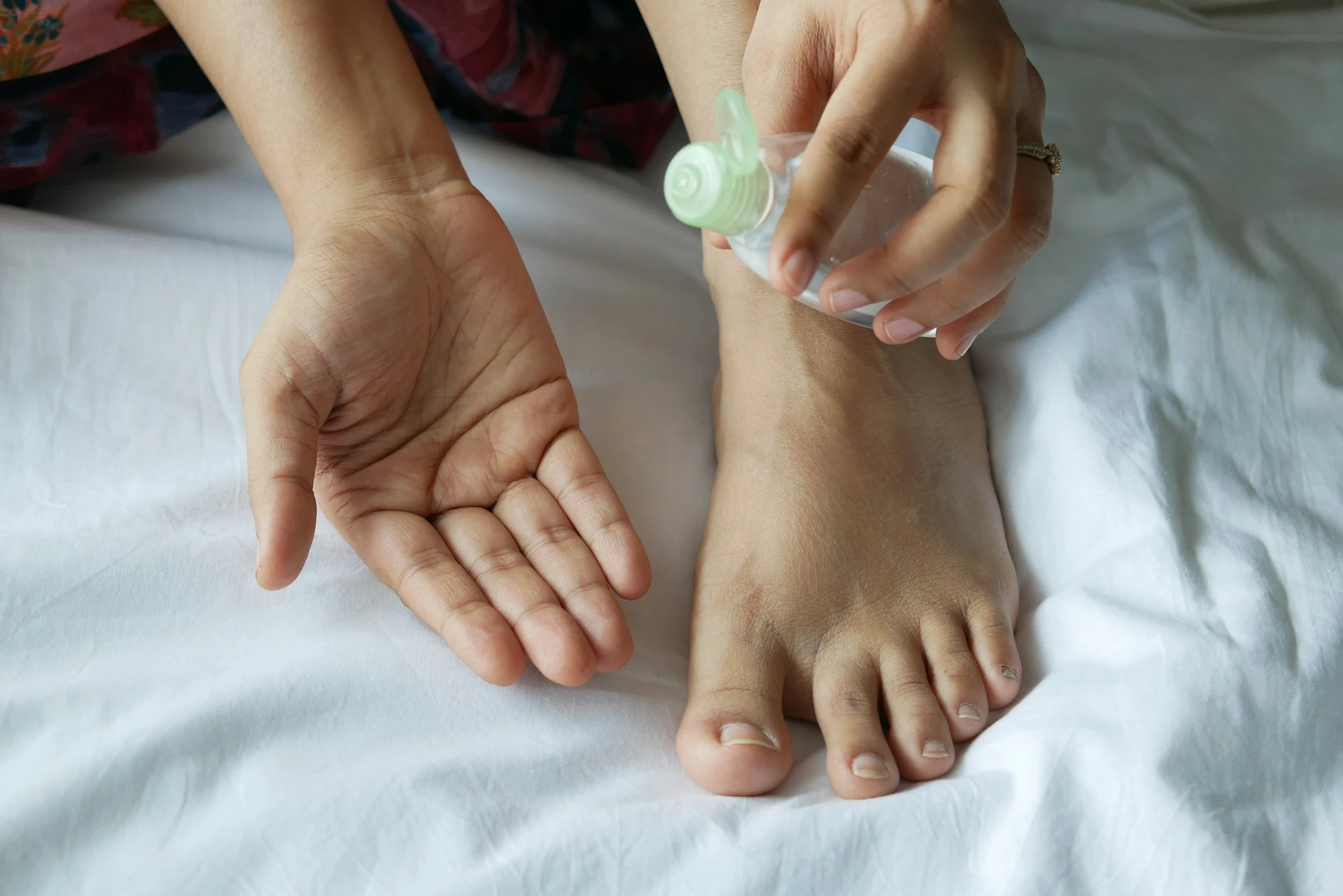Table of Contents
Living with diabetes is already a daily balancing act—but when life becomes stressful, that balance can quickly become harder to maintain.
Whether it’s personal challenges, work pressure, family responsibilities, or unexpected events, stress affects both your mental state and your blood sugar levels.
The connection between stress and diabetes isn’t just emotional—it’s physiological. Stress hormones can interfere with insulin, increase glucose production in the liver, and disrupt your usual routines around eating, sleeping, and movement.
The good news is that while you can’t always eliminate stress, you can learn how to manage it more effectively—and protect your blood sugar in the process.
This article explores the impact of stress on diabetes, why it matters, and what you can do to regain control, even during difficult times.
How Stress Affects Blood Sugar
When you’re under stress, your body activates the “fight or flight” response. This leads to a surge in hormones like:
- Cortisol
- Adrenaline
- Glucagon
These hormones prepare your body for action by:
- Releasing stored glucose from the liver
- Reducing insulin sensitivity
- Increasing appetite (often for high-sugar, high-fat foods)
For people with diabetes, this can mean:
- Higher fasting blood sugar
- Unexplained glucose spikes
- Greater difficulty predicting blood sugar responses
- Emotional eating or skipped meals
- Sleep disturbances that further affect insulin function
Stress doesn’t just feel bad—it creates real biochemical changes that disrupt diabetes control.
Signs That Stress Is Affecting Your Diabetes
Everyone experiences stress differently, but here are common signs to watch for:
- Blood sugar levels that are consistently higher or more erratic
- Feeling mentally or physically exhausted
- Cravings for sugary or comfort foods
- Difficulty sticking to your usual routines
- Skipping meals or overeating
- Trouble sleeping or frequent waking
- Feeling overwhelmed, irritable, or anxious
- Avoiding blood sugar checks or diabetes tasks
If several of these resonate with you, it may be time to adjust how you manage both stress and your diabetes routine.
Strategies to Manage Diabetes During Stressful Periods
You can’t eliminate stress entirely—but you can create systems and habits that help reduce its impact on your health.
1. Focus on Structure, Not Perfection
Stress often throws routines off track. Instead of trying to control everything, aim to keep your core health habits stable:
- Eat at consistent times
- Get some form of movement daily
- Prioritize sleep
- Take medications or insulin as prescribed
- Check your blood sugar (even if it’s high)
These anchors give your body a sense of rhythm, even when life feels chaotic.
2. Practice Daily Stress-Relief Habits
You don’t need an hour-long meditation to reduce stress. Even 5–10 minutes of intentional calm can help.
Try:
- Deep breathing (inhale 4 seconds, exhale 6 seconds)
- Progressive muscle relaxation
- Guided meditations (free on YouTube or apps like Insight Timer)
- Journaling or free writing
- Walking in nature or stretching at home
- Listening to calming music or podcasts
Build a stress buffer by practicing one calming habit before stress overwhelms you.
3. Adjust Your Goals
During high-stress times, it’s okay to scale back. Focus on maintenance, not optimization.
Instead of aiming for perfect meals or workouts, try:
- A quick balanced breakfast
- A short walk after lunch
- Preparing easy snacks to avoid skipping meals
- Using simple home workouts or stretches
Small wins help maintain momentum and prevent regression.
4. Reach Out for Support
Stress becomes heavier when you carry it alone. Talk to:
- A trusted friend or family member
- A therapist or diabetes counselor
- A peer support group (in-person or online)
- Your doctor, if your stress is affecting medication adherence or glucose control
There’s no shame in asking for help. Emotional support is part of medical care.
5. Plan for Challenges
Anticipate situations that may affect your blood sugar and build a plan:
- Keep healthy snacks with you for emergencies
- Carry water to stay hydrated
- Plan simple, quick meals for busy days
- Have a go-to stress management technique you can use anywhere
- Set reminders to check glucose if you’re forgetful when stressed
Preparation builds confidence—and confidence reduces stress.
6. Use Movement as Medicine
Exercise is one of the most effective natural stress relievers. It also helps regulate blood sugar by increasing insulin sensitivity and reducing cortisol levels.
Even during stressful weeks, try to:
- Walk 10–15 minutes a day
- Stretch while watching TV
- Follow a short online workout
- Dance or do light chores to music
The goal isn’t intensity—it’s consistency.
7. Prioritize Sleep
Poor sleep worsens both stress and blood sugar. Aim for:
- 7–9 hours of sleep per night
- A regular bedtime and wake-up time
- Reduced screen time 1 hour before bed
- A calm wind-down routine (reading, warm shower, dim lights)
If you struggle with sleep, speak to a healthcare provider. Sleep apnea, anxiety, or high blood sugar overnight may be part of the issue.
8. Be Kind to Yourself
Stressful times can trigger guilt or self-judgment, especially when your glucose isn’t where you want it to be.
Remind yourself:
- You’re doing your best
- Diabetes is complex and affected by many things
- One high reading is not a failure—it’s just data
- Self-compassion leads to better decisions, not worse ones
You’re not alone. Many people with diabetes go through periods of stress and fluctuation. What matters most is staying engaged—even imperfectly—with your care.
Scientific References
- American Diabetes Association. (2022). Stress and Diabetes: How They’re Connected and What You Can Do
- CDC. (2023). Managing Stress to Help Control Blood Sugar
- Mayo Clinic. (2022). How Stress Affects Blood Glucose in Diabetes









